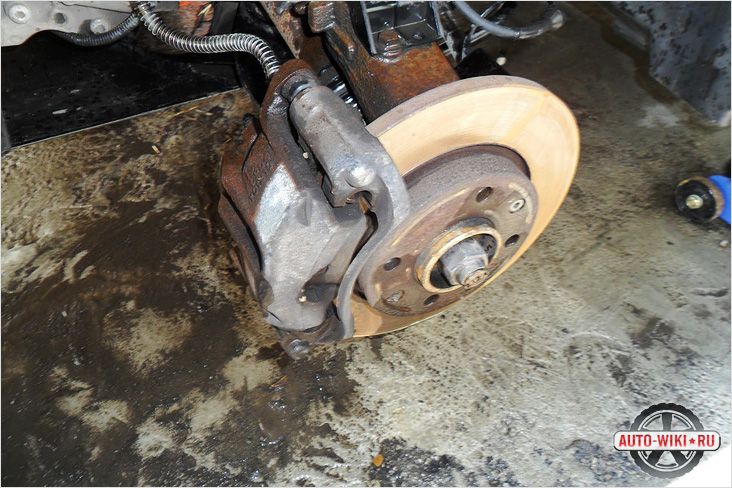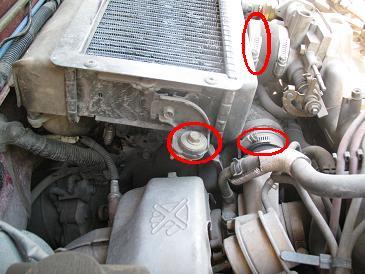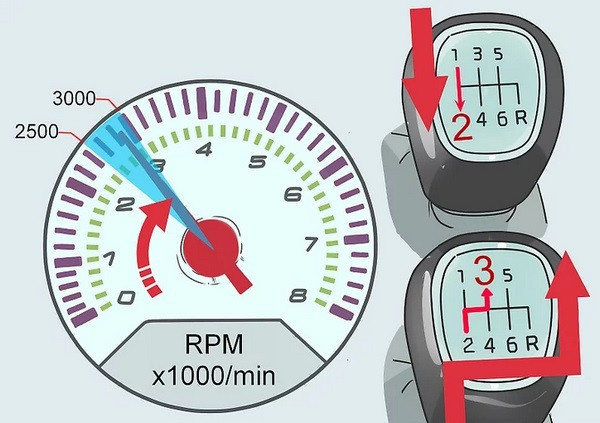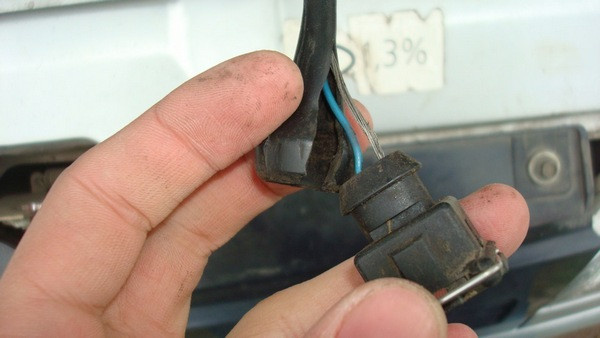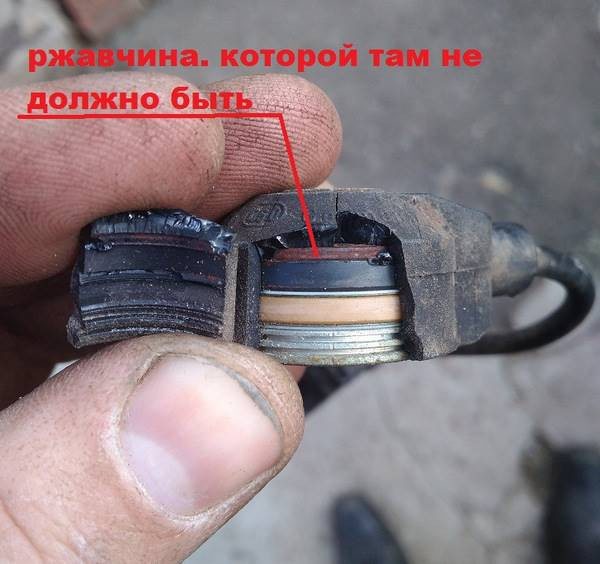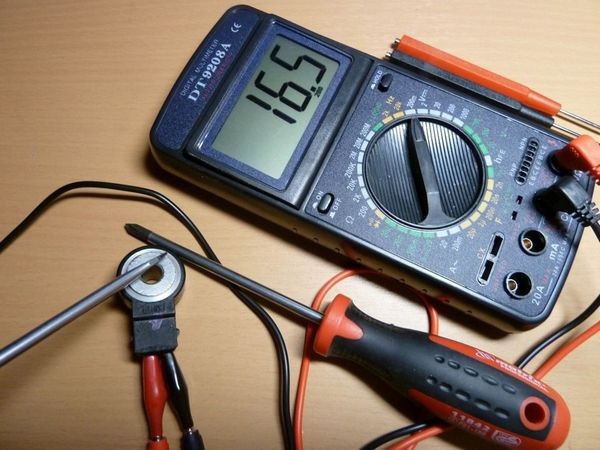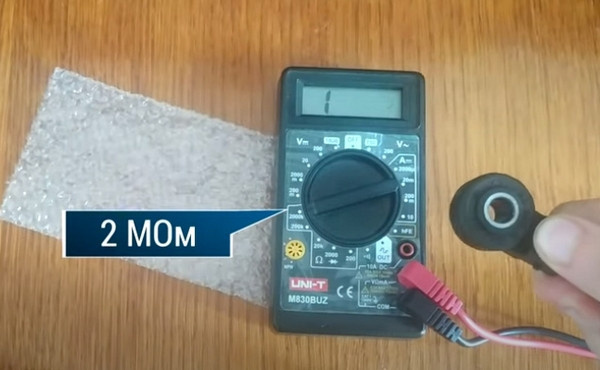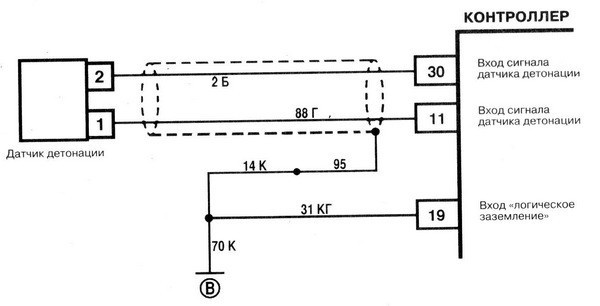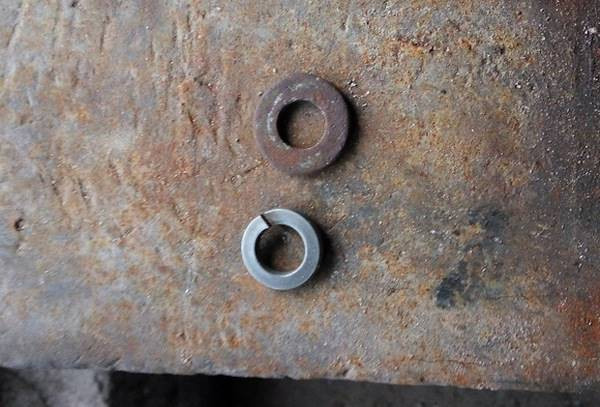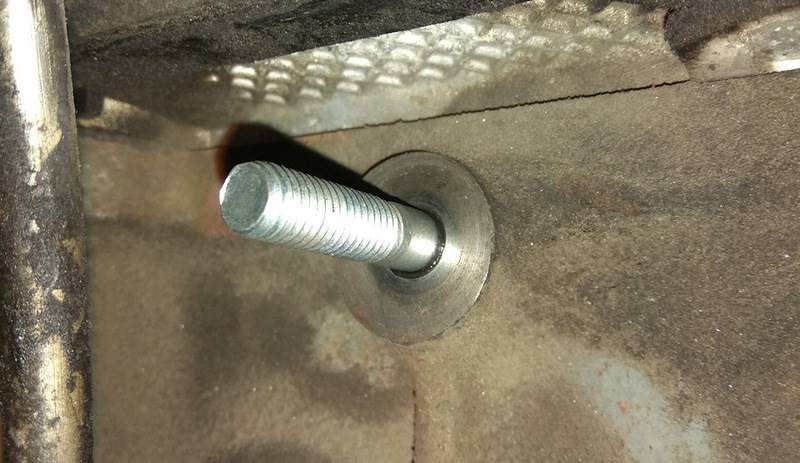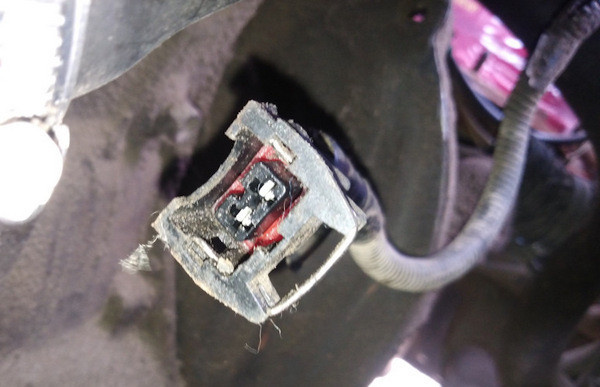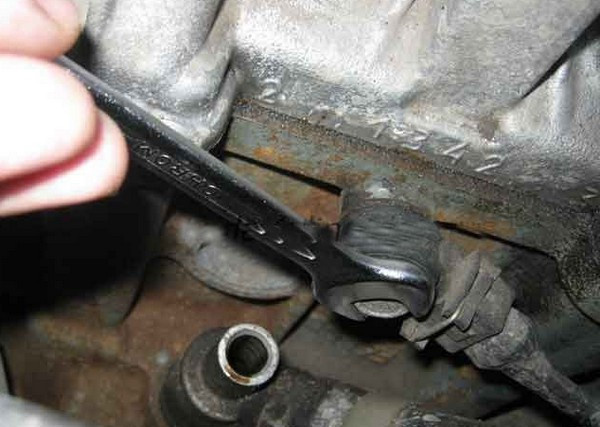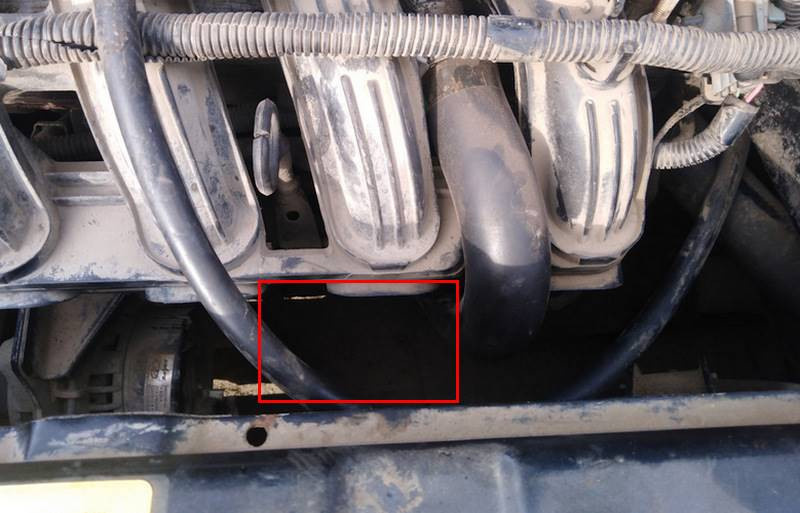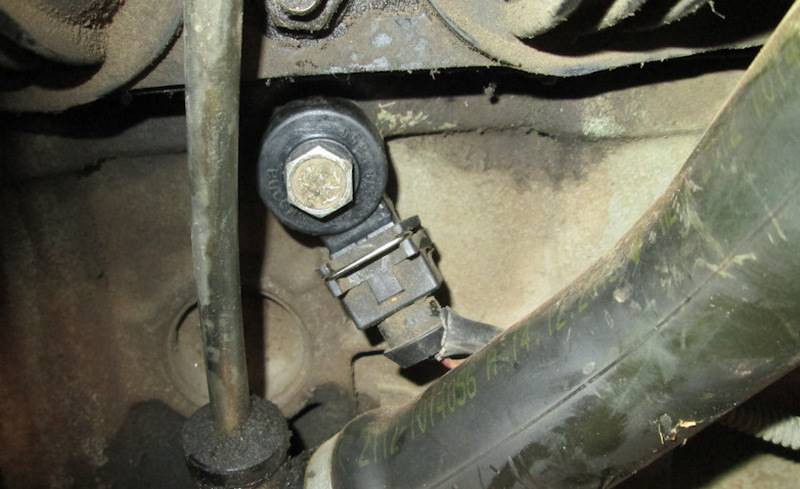
Knock sensor (DD) Priora
Content
- Engine detonation: what is this process and features of its manifestation
- The danger of the detonation effect on the car and the reasons for its occurrence
- How to determine the malfunction of the knock sensor on the Priore
- Where is the knock sensor installed on Priore and how to get to it
- Types of knock sensors: design features and principle of operation
- Causes of a sensor malfunction and how to check it
- How to fix the knock sensor error on the Priore or the features of replacing the mounting bolt
- How to remove the knock sensor on the Priore for inspection and replacement
When the engine is running, the occurrence of such a negative process as detonation is not excluded. It manifests itself in the form of explosive ignition of the working mixture in the engine cylinders. If in normal mode the flame propagation speed is 30 m/s, then under detonation loads this process proceeds a hundred times faster. This phenomenon is dangerous for the engine and contributes to the development of serious problems. To reduce the likelihood of detonation of the internal combustion engine in the design of modern cars, a special sensor is used. It is called detonation (popularly called ear), and serves to inform the computer about the occurrence of detonation processes. Based on the information received, the controller makes an appropriate decision to normalize the fuel supply and adjust the ignition angle. Priore also uses a knock sensor that controls engine operation. When it fails or fails, the resource of the CPG (cylinder-piston group) decreases, so let's pay attention to the problem of the device, the principle of operation and methods for checking and replacing the knock sensor on the Priore.

Engine detonation: what is this process and features of its manifestation
The phenomenon of detonation is familiar to many who drove Zhiguli and Muscovites, refueling them with AI-76 gasoline instead of the prescribed A-80. As a result, the detonation process was not long in coming and manifested itself mainly after the ignition was turned off. At the same time, the engine continued to work, causing surprise and even laughter on the face of an inexperienced driver. However, there is little good in such a phenomenon, since during such a process the CPG wears out very quickly, which leads to a decrease in the engine resource, and as a result, malfunctions appear.
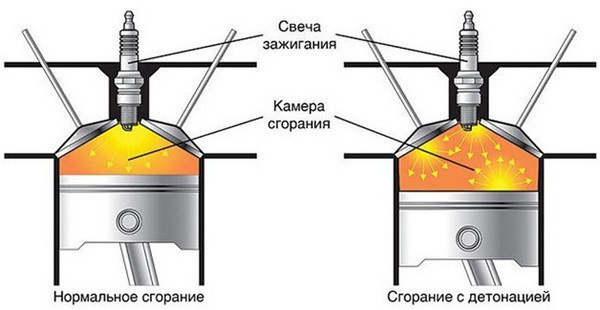
Detonation also occurs in modern injected cars, and not only because low-quality or inappropriate fuel is poured into the tank. The reasons for this process are various factors, and before we get to know them, we will find out what the engine knocking effect is and why it is so dangerous.
Detonation is a phenomenon in which the mixture in the combustion chamber ignites spontaneously without a spark being supplied by the spark plugs. The result of such a process is unstable operation of the engine, and the consequences will not keep you waiting, and with the frequent occurrence of such an effect, problems with the engine may soon begin. In this case, not only the CPG is subjected to impact, but also the gas distribution mechanism.
To prevent this process from continuing for a long time, a knock sensor is used in the design of modern injection cars. This is a kind of noise detector that transmits information about abnormal engine operation to the electronic control unit. The ECU also makes an appropriate decision on the need to quickly fix the problem.
The danger of the detonation effect on the car and the reasons for its occurrence
Shock loads are dangerous for any internal combustion engine, which is why all modern car manufacturers equip units with special sensors. Such devices do not exclude the possibility of a particular process, but warn of its occurrence, which allows the controller to quickly resort to troubleshooting.
To assess the danger of such a process, which is called ICE detonation, you need to look at the photo below.
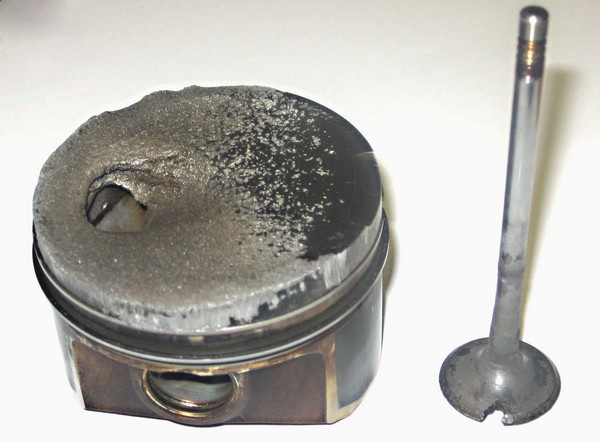
They are engine parts that were removed during repair work. The piston and valve suffered such severe destruction precisely because of the self-ignition of the fuel in the combustion chambers. The piston and valve are not the only parts subject to accelerated wear during detonation. Due to this phenomenon, other parts such as the crankshaft and the crankshaft are subjected to heavy loads.

The causes of detonation of engine charges are the following factors:
- Fuel octane mismatch. If the manufacturer recommends pouring A-95 gasoline, then the use of low-octane fuel is strictly contraindicated. Detonation due to fuel mismatch contributes to the formation of carbon deposits, which causes the development of glow ignition. As a result, after the ignition is turned off, the engine continues to operate, which is manifested by the ignition of the fuel assembly from the hot electrodes of the spark plug.
- Operating conditions and driving style. Most often, knocking in the engine occurs in inexperienced drivers when upshifting at too low a vehicle speed and insufficient crankshaft speed. It is important to switch to the next gear when the engine speed on the tachometer is in the range from 2,5 to 3 thousand rpm. When switching to a higher gear without first accelerating the car, the appearance of a characteristic metallic knock in the engine compartment is not excluded. This knock is the knock of the engine. Such a detonation is called admissible, and if it occurs, it does not last long.

- Engine design features - cars that are equipped with a turbocharger are especially susceptible to the development of a negative phenomenon. This effect often occurs if the car is filled with low-octane fuel. This also includes factors such as the shape of the combustion chamber and the (forced) tuning of the internal combustion engine.
- Incorrect setting of the UOZ switch-on time. However, this phenomenon is more common on carbureted engines and can occur at the injector even due to a malfunctioning knock sensor. If the ignition is too early, the fuel will ignite long before the piston reaches top dead center.

- A high degree of compression of the cylinders often occurs with severe coking of the engine cylinders. The more soot on the walls of the cylinders, the more likely the formation of detonation charges.
- TV sold. If the combustion chamber is lean, the high temperature of the spark plug electrodes promotes detonation. A small amount of gasoline and a large volume of air lead to the development of oxidative reactions that respond to elevated temperatures. This reason is typical for injection engines and usually manifests itself only on a warm engine (usually at crankshaft speeds from 2 to 3 thousand).
It is interesting! Most often, the reason for the development of self-ignition of fuel assemblies in cylinders is associated with a change in the ECU firmware. This is usually done to reduce fuel consumption, but the engine suffers from such a whim of the car owner. After all, one of the reasons for the development of a detonation charge is a poor mixture.

If the knock sensor fails, it will not cause detonation processes. If the ECU does not receive proper information from the DD, it goes into emergency mode when correcting the ignition timing with a deviation towards late ignition. This, in turn, will bring many negative consequences: an increase in fuel consumption, a decrease in dynamics, power, and instability of the internal combustion engine.
How to determine the malfunction of the knock sensor on the Priore
Returning to our Priora, it should be noted that quite often car owners are faced with a malfunction of the knock sensor. The reasons can be very different, and it is quite possible to determine them yourself.
In Priora, a DD malfunction can be determined by the following signs:
- The Check Engine light comes on on the instrument panel.
- If the sensor does not work properly, the ECU will seek to correct the UOZ, which will ultimately adversely affect the operation of the engine. This will manifest itself in the form of a decrease in dynamics and power, as well as an increase in fuel consumption. Black smoke comes out of the exhaust pipe. Checking the candles reveals the presence of black plaque on the electrodes.

- The corresponding error codes are displayed on the on-board computer of the BC.
It is thanks to these codes that the car owner can not only identify a device malfunction. After all, unstable operation of the engine can occur for various reasons (not only due to a malfunction of the DD), and the corresponding codes indicate a specific place from where interruptions in the operation of the engine occur.
If the knock sensor does not work correctly, Priora issues the following error codes on the BC:
- P0325 - no signal from DD.
- P0326 - DD readings are higher than acceptable parameters;
- P0327 - weak knock sensor signal;
- P0328 - strong signal DD.

Focusing on these errors, you should immediately resort to checking the sensor, finding the cause of its malfunction and replacing it if necessary.
It is interesting! In the event of a malfunction of the DD in the car, the detonation effect occurs very rarely, because the controller switches to emergency mode in case of problems with the sensor, and the UOS is set in the direction of setting the late ignition.
Where is the knock sensor installed on Priore and how to get to it
On VAZ-2170 Priora vehicles with 8- and 16-valve engines, a knock sensor is installed. In case of failure, the engine will run, but in emergency mode. Knowing where the knock sensor is located on the Priore is necessary in order to be able to assess its condition, as well as remove it with subsequent verification and replacement. On Priora, it is installed in front of the cylinder block between the second and third cylinders next to the engine oil level dipstick. Access to the device is hindered by the crankcase ventilation tube.
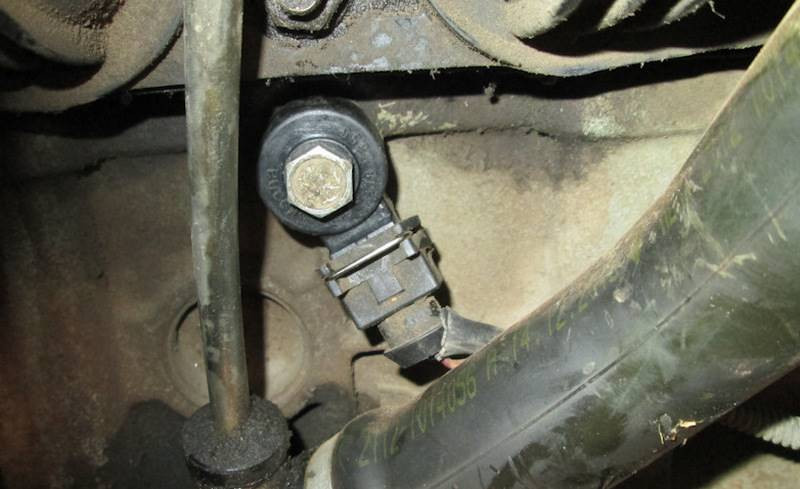
The photo above shows its location and appearance of the device.

The part has a simple design, and before resorting to checking it, you need to study the internal structure and principle of operation.
Types of knock sensors: design features and principle of operation
On injection vehicles, it is impossible to manually set the ignition timing, since the electronics are responsible for this process. The appropriate amount of the advance depends on several factors. The ECU collects information from all sensors and, based on their readings, as well as the operating mode of the internal combustion engine, corrects the UOS and the composition of the fuel assembly.
To avoid a long detonation process, a sensor is used. It sends a corresponding signal to the ECU, as a result of which the latter has the ability to adjust the ignition timing. Let's find out what signal the device sends to the computer and how it solves the unstable operation of the internal combustion engine.
Before turning to the features of the operation of the DD, it is necessary to inform that these devices come in two modifications:
- resonant or frequency;
- broadband or piezoceramic.
Priora vehicles are equipped with broadband knock sensors. The principle of their operation is based on the piezoelectric effect. Its essence is that when the plates are compressed, an electrical impulse is formed. Below is a diagram of how a broadband sensor works.

The principle of operation of such a device is as follows:
- When the engine is running, the sensor generates a signal with a certain frequency and amplitude, recorded by the ECU. By this signal, the controller understands that the sensor is working.
- When detonation occurs, the engine begins to vibrate and make noise, which leads to an increase in the amplitude and frequency of oscillations.
- Under the influence of third-party vibrations and sounds, a voltage is induced in the piezoelectric sensing element, which is transmitted to the computer unit.
- Based on the received signal, the controller understands that the engine is not working properly, so it sends a signal to the ignition coil, as a result of which the ignition timing changes in the forward direction (and after ignition) to prevent the development of a dangerous detonation process.
The photo below shows examples of broadband and resonant type sensors.

The broadband sensor is made in the form of a washer with a central hole and output contacts through which the device is connected to a computer. Inside the box there is an inertial mass (weight), insulators in the form of contact washers, a piezoceramic element and a control resistor. The system works like this:
- when the engine detonates, the inertial mass begins to act on the piezoceramic element;
- voltage rises on the piezoelectric element (in Priore up to 0,6-1,2V), which enters the connector through contact washers and is transmitted via cable to the computer;
- a control resistor is located between the contacts in the connector, the main purpose of which is to prevent the controller from detecting an open circuit after the ignition is turned on (this resistor is also called an open circuit recorder). In case of failure, error P0325 is displayed on the BC.
The photo below describes the principle of operation of resonant type sensors. Such devices are used in cars, for example, Toyota brands.
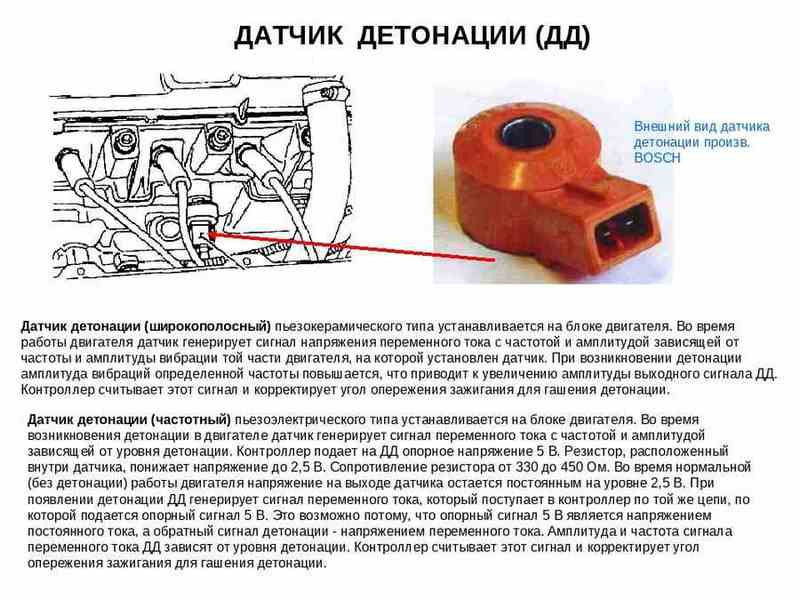
Determining the type of knock sensor that is installed in the car is not difficult. To do this, you need to inspect the part, and by its appearance you can understand the type of device. If broadband elements have the shape of a tablet, then frequency-type products are characterized by the shape of a barrel. The photo below shows a frequency type sensor and its device.
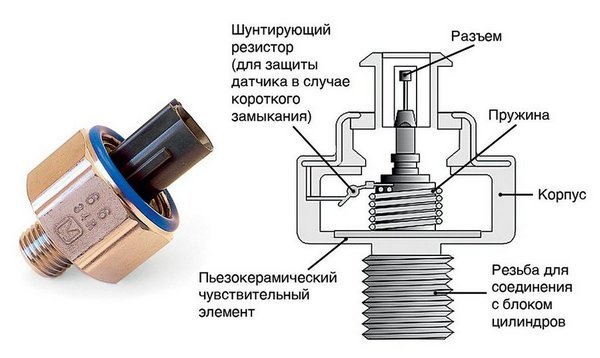
It is interesting! Priors are equipped with broadband sensors with code 18.3855. Products are produced by different manufacturers, for example, AutoCom, Bosch, AutoElectronics and AutoTrade (Kaluga plant). The cost of the Bosch sensor differs from other analogues by about 2-3 times.
Causes of a sensor malfunction and how to check it
The knock sensor of a car rarely fails, even in Priore. However, often owners of the VAZ-2170 can detect a DD malfunction error. And the reasons for its appearance may be the following factors:
- Damage to the wiring connecting the sensor to the ECU. During the operation of the car, insulation damage may occur, which will ultimately affect the signal level. A normally functioning sensor produces a signal of 0,6 to 1,2 V.

- contact oxidation. The device is located in the cylinder block and is exposed not only to moisture, but also to aggressive substances in the form of engine oil. Although the sensor contact is sealed, a connection is not ruled out, which leads to oxidation of the contacts on the sensor or chip. If the cable on the HDD works, then you need to make sure that the contacts on the chip and on the sensor connector are intact.
- Violation of the integrity of the hull. It should not have cracks or other defects.

- Damage to internal elements. It happens very rarely, and you can check the suitability of the device using a test method. The piezoceramic element or resistor may fail. To do this, you will need to check the sensor.

- Insufficiently reliable connection of the sensor with the cylinder head. At this point, it is recommended to pay attention to all Priora car owners who have error P0326 in the BC. The device is fixed with a bolt with a shortened thread. This wire does not butt against the block, so the vibration of the block with a normally running engine is insufficient to form the minimum allowable signal of 0,6 V. As a rule, a fixed sensor with such a pin produces a low voltage of 0,3-0,5V, which causes error P0326. You can fix the problem by replacing the bolt with a bolt of the correct size.
Having considered the main signs of a malfunction of the knock sensor on the Prior, you should resort to checking its serviceability. To do this, you need to arm yourself with a multimeter. The way to check the device is quite simple, and removing the sensor from the car is much more difficult than checking its suitability. The check is made as follows:
- The sensor installed on the car. You can check the device without removing it, which is especially important for Priora cars with 16-valve engines, where access to the device is limited. To test the sensor, you need to follow these steps: Approach the sensor so that you can hit it or get close to it. We ask the assistant to start the engine, after which we hit the sensor with a metal object. As a result, the engine sound should change, indicating that the ECU has configured afterburning. If such changes are tracked, then the device is serviceable and usable. This also indicates the health of the sensor circuit.
- Checking the voltage on the sensor removed from the car. Connect the multimeter probes to their terminals and switch the device to the 200 mV voltage measurement mode. This is necessary to set the voltage on the device. Next, lightly tap the metal part of the sensor with a steel object (or press the metal part with your fingers) and observe the readings. Its changes indicate the suitability of the device.

- Resistance check. A maintainable DD on Priora and other VAZ models has a resistance equal to infinity, which is quite normal, since in the idle state the piezoelectric elements are not connected to the contact washers. We connect the device to the DD terminals, set the MΩ measurement mode and take measurements. In the non-working position, the value will go to infinity (on device 1), and if you start acting on the sensor, squeezing it or hitting it with a metal key, then the resistance will change and will be 1-6 MΩ. It is important to understand that other vehicle sensors have a different resistance value.

- Checking the condition of the wires and contacts of the microcircuit. It is checked visually and if insulation damage is detected, the microcircuit should be replaced.
- Checking the health of the circuit. To do this, you need to arm yourself with a multimeter with a dialing mode and ring the wires from the microcircuit to the computer outputs. This will help the pinout of the knock sensor on the Priore
.
Knock sensor pinout diagram
The pinout of the Priora knock sensor above is suitable for January and Bosch brand controllers. If the wires are not damaged and the BK error P0325 is displayed, this indicates a failure of the resistor. Some craftsmen eliminate this drawback by soldering a resistor of the appropriate size between the pins in front of the microcircuit. However, this is not recommended, and it is much easier and more reliable to buy a new sensor and replace it. Also, the cost of the product is 250-800 rubles (depending on the manufacturer).
It is interesting! If a check of the sensor and wires showed that there are no defects, but at the same time an error about a device malfunction continues to appear in the BC, then you need to resort to replacing the fasteners, that is, replacing the bolt with a stud with an elongated thread. How to do it right, read the next section.
How to fix the knock sensor error on the Priore or the features of replacing the mounting bolt
If no problems with the knock sensor were found during the check, but errors continue to appear, then the sensor bracket needs to be replaced. What is this for?
The factory DD on most Priora car models (and other VAZ models) is fixed with a short bolt element that is screwed into a hole in the engine block. The disadvantage of using a bolt is that when screwing in, it does not abut with its end against the hole in the block, which reduces the level of vibration transmission from the engine to the sensor. In addition, it has a smaller footprint.
The connecting element is an important detail, which not only provides a tight sensor pressure, but also transmits vibrations from a running engine. To remedy the situation, it is necessary to replace the connecting bolt with an elongated bolt.
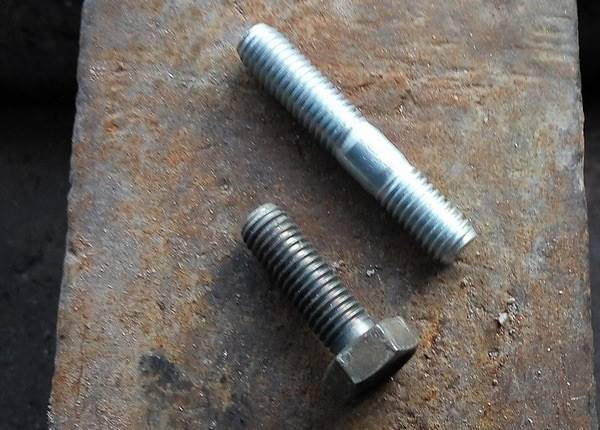
Why is it necessary to fix the DD in the Priore with a hairpin? Pretty pertinent question, because you can use a bolt with an elongated threaded part to make sure the sensor is tight. Using a bolt will not solve the problem, because it is rather difficult to choose a product that can be screwed into the block and at the same time make sure that its end part rests against the wall inside the hole. That is why you need to use a plug, which will ensure more efficient operation of the sensor.
It is interesting! In simple terms, fasteners transmit vibrations directly from the cylinder walls, where the self-ignition process occurs.
How to replace the DD bolt on the Priore with a bolt? To do this, follow these steps:
- Take a hairpin of suitable length and width. In order not to look for the part, and even more so not to order its notch, we use the exhaust manifold mounting bolt from the VAZ-2101 or the gasoline pump (00001-0035437-218). They have the following parameters M8x45 and M8x35 (thread pitch 1,25). Enough studs with a diameter of 35 mm.

- You will also need a Grover washer and an appropriately sized M8 nut. A washing machine and a recorder are required. The washer ensures high-quality pressing of the DD, and the engraver will exclude the possibility of unscrewing the nut from the effects of constant vibrations.

- We screw the stud (with a screwdriver or using two nuts) into the sensor mounting hole until it stops.

- After that, you need to install the sensor, washer, and then the ripper, and tighten everything with a nut with a force of 20-25 Nm.

- At the end, put the chip in the sensor and reset the accumulated errors. Drive and make sure that the engine starts to work better and no errors appear on the BC.
This is the way to fix the problem with the knock sensor on the Priore. However, it is important to understand that you first need to make sure that the device is working.
How to remove the knock sensor on the Priore for inspection and replacement
If there is a problem with the knock sensor on the Prior, then in order to check or replace it, you will need to disassemble it. It is already known where the device is located, so now we will study the process of performing work on its removal in Prior. To perform the work, it is necessary to arm yourself with a “13” head, a handle and an extension cord.
On Priors with 8 and 16 valve engines, the disassembly process is somewhat different. The difference is that on 8-valve Priors, the sensor can be removed from the engine compartment. In this case, it is important to wait for the engine to cool down so as not to burn yourself in the exhaust manifold. On Priors with 16-valve engines, the removal process is somewhat complicated by access to the device. It is almost impossible to get to the sensor from the engine compartment (especially if the car has an air conditioning system), so it is better to work from the inspection hole, after removing the protection if it is available.
The procedure for removing the sensor on Priore 8 and 16 valves is almost identical and is done in the following sequence:
- Initially, we disconnected the microcircuit from DD. For the convenience of carrying out work, it is recommended to remove the oil dipstick and put a rag on the neck to prevent foreign objects and contaminants from getting inside.

- After that, the fixing bolt or nut is unscrewed with a “13” head and a 1/4 ratchet (depending on how the device is fixed).

- If work will be carried out from the engine compartment, it is recommended to remove the fasteners on the air cleaner housing in order to gain access to the DD.

- If Priora has 16 valves and an air conditioner, then we must carry out work from below from the inspection hole. To facilitate work, you can disconnect the crankcase ventilation tube by loosening the clamp.
- Having removed the sensor, we carry out the appropriate manipulations to check or replace it. Before installing a new device, it is recommended to clean the surface of the cylinder block from contamination. Assembly is carried out in the reverse order of disassembly.

- This completes the replacement procedure. Don't forget to repair the chip and reset the errors after replacing the sensor.

The knock sensor on the Priore is an important element, the failure of which leads to incorrect engine operation. In addition to the fact that the defective element does not inform the ECU about the development of a knock in the engine, this also leads to a decrease in engine power, loss of dynamics and an increase in fuel consumption. It is important to take a responsible approach to eliminating the cause of the DD malfunction, which is quite realistic to do on your own without the help of specialists.
